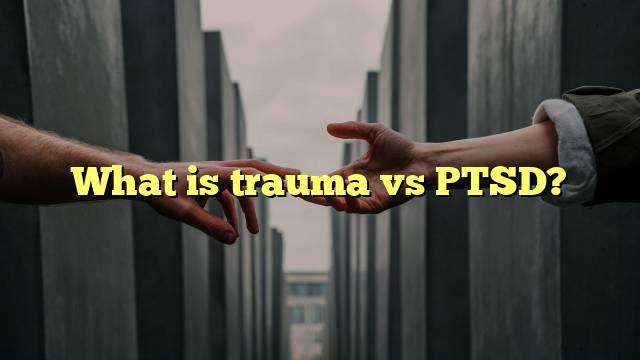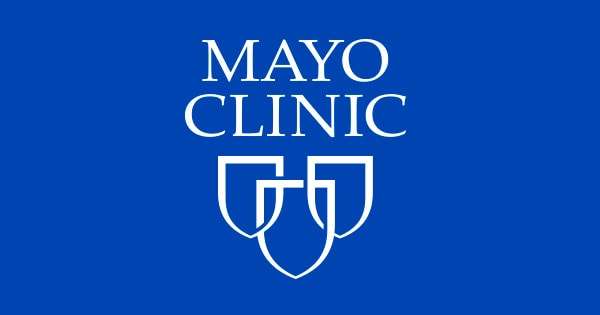What is Trauma?
Trauma is an emotional response to a terrible event. According to the American Psychological Association, trauma can occur once or on multiple occasions, and an individual can experience more than one type of trauma. Trauma can be caused by natural disasters such as floods and earthquakes, or by man-made events such as war, violence, abuse, or the death of a loved one. Trauma can also be caused by physical or sexual abuse, or by witnessing a traumatic event.
The impact of trauma can vary greatly, depending on the type of trauma, the severity, and the individual’s life circumstances. Trauma can have long-term effects, including physical, mental, and emotional health issues. People who have experienced a traumatic event may experience a variety of symptoms, including depression, anxiety, flashbacks, nightmares, and difficulty concentrating.
What is PTSD?
Post-traumatic stress disorder (PTSD) is a mental health disorder that is associated with experiencing or witnessing a traumatic event. People with PTSD may experience symptoms such as nightmares, flashbacks, difficulty sleeping, and difficulty concentrating. They may also experience feelings of guilt, fear, and anger. People with PTSD may also experience physical symptoms, such as headaches and stomach aches.
PTSD is different from trauma in that it is a disorder that is caused by the trauma. People with PTSD may experience symptoms for months or even years after the traumatic event. They may also experience physical symptoms such as nausea and headaches. People with PTSD may also have difficulty functioning in their daily lives, and may have difficulty forming or maintaining relationships.
Treatment for Trauma and PTSD
Treatment for trauma and PTSD can vary depending on the individual, the type of trauma they experienced, and the severity of their symptoms. Treatment for trauma and PTSD typically includes talk therapy, such as cognitive-behavioral therapy (CBT), and medication.
CBT is a type of talk therapy that can help people with trauma and PTSD learn to recognize and manage their thoughts and feelings. CBT can help people with trauma and PTSD identify triggers, learn coping skills, and develop healthy ways of managing their emotions.
Medication, such as antidepressants and anti-anxiety medications, can also be used to treat trauma and PTSD. Medication can help reduce symptoms of depression and anxiety, and can help people with trauma and PTSD manage their symptoms and function more effectively in their daily lives.
Conclusion
Trauma and PTSD are both complex and serious conditions that can have long-lasting effects. Trauma is an emotional response to a terrible event, while PTSD is a mental health disorder that is associated with experiencing or witnessing a traumatic event. Treatment for trauma and PTSD typically includes talk therapy and medication, and can help people with trauma and PTSD learn to manage their thoughts, feelings, and emotions. With proper treatment, people with trauma and PTSD can learn to manage their symptoms and lead healthy and productive lives.




